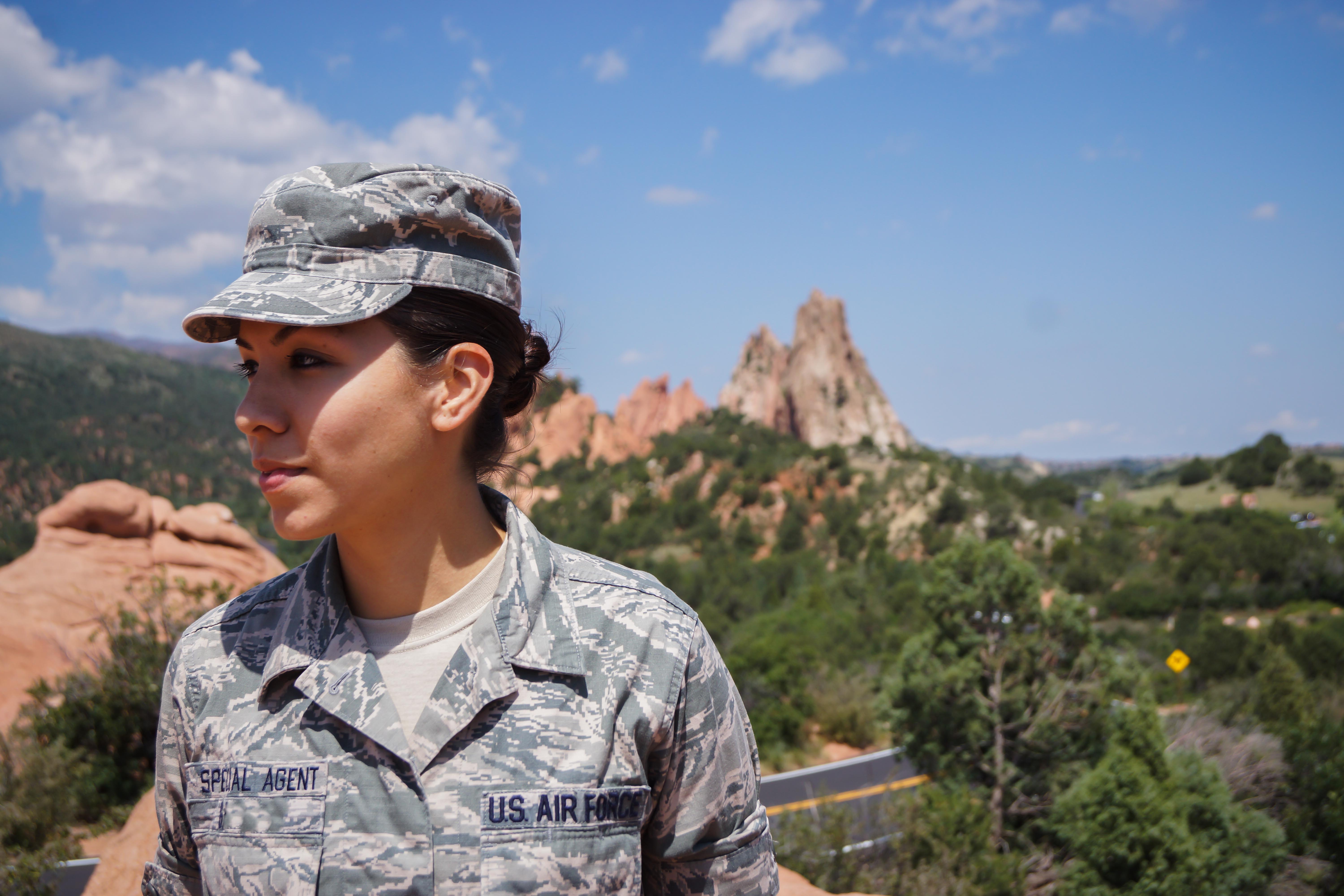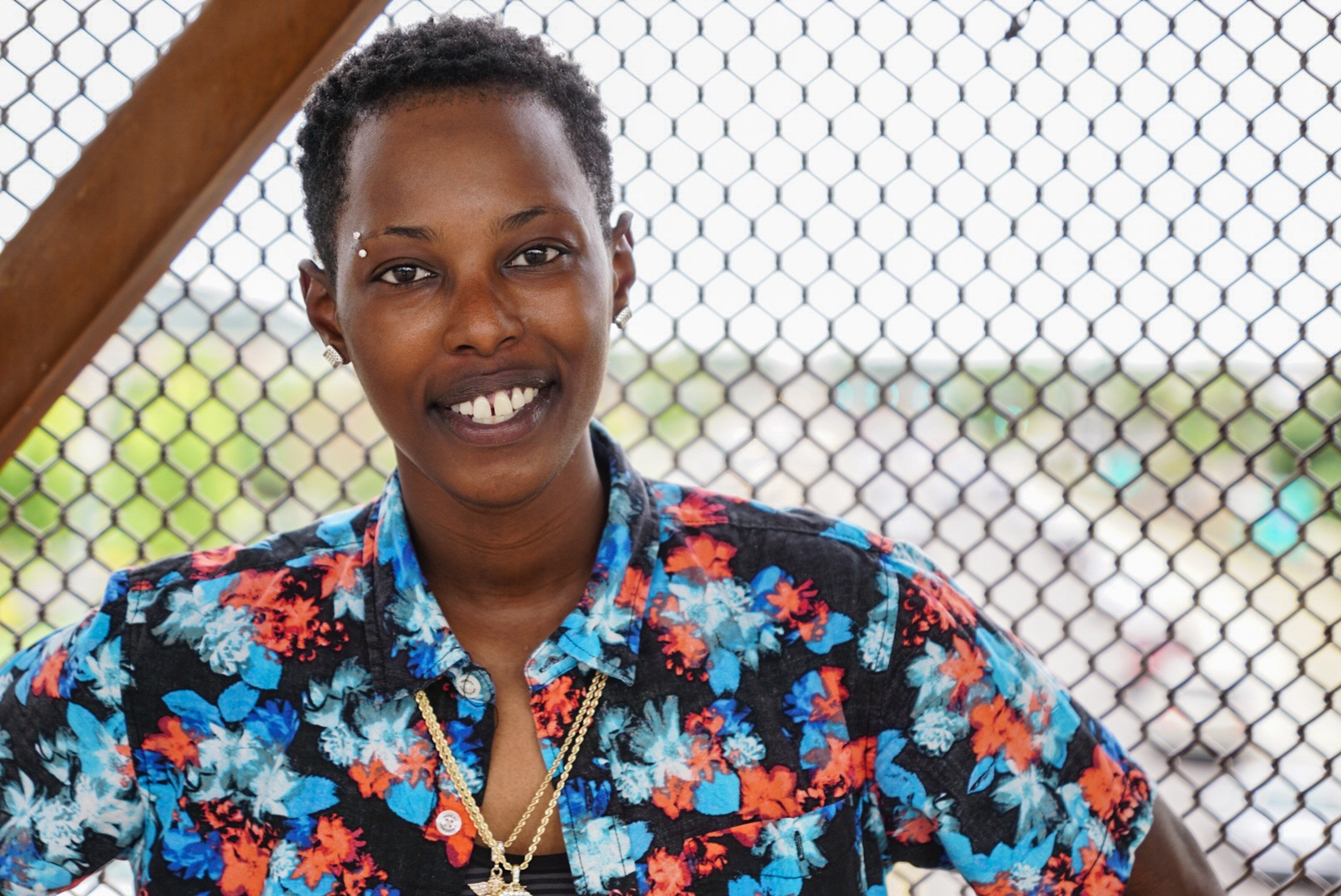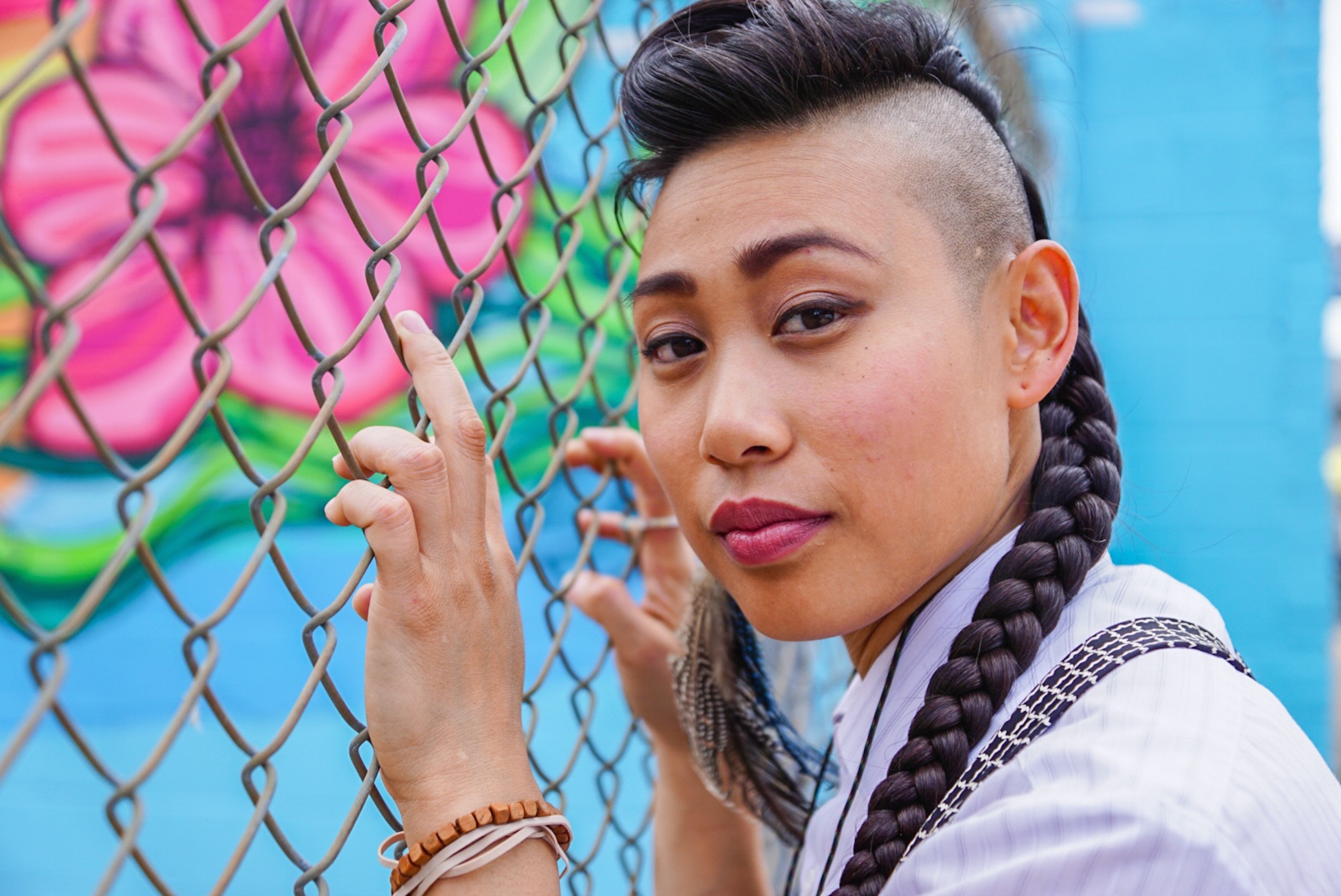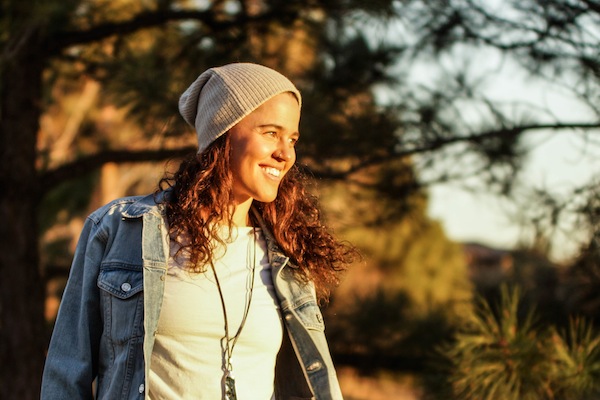In 2016, 27-year-old Rachael Zimmerman was inspired to create a photojournalism series exploring the experience of lesbians living in a heteronormative world. She calls the series Inside the Black Triangle.
Zimmerman lives in Denver, Colorado, and is known for her unique hunger to tell stories through photography. Her photo résumé includes weddings, commercial events, landscape, and action sports, just to name a few.
She believes “sharing stories leads to relatability, compassion, and hopefully acceptance.”
After completing her new lesbian photo series, her personal observations led Zimmerman to the conclusion that lesbians are mimicking the gender hierarchy. Zimmerman explains more and talks to us about her inspiration, embracing queer identity, and reclaiming the word lesbian.
Is photography your full-time job?
Photography is my passion and has become my career. I’m always searching for my next adventure. Photography has taken me to stunning places such as Chile, Easter Island, Tulum, and Canada just to name a few.
I’ve been coaching a ski team for the past five years. It’s been incredible to see the growth in the girls. They started with me when they were four years old; it taught me a ton of patience. We’ve shared laughs, tears, cold hands, and an unbelievable amount of hot chocolate. The team is full of girl power. They rip around the mountain in search of cliffs, powder, and tight trees, and of course, race gates.
What inspired the “Inside the Black Triangle” series? Why lesbians?
My inspiration for the series came from both experience and observations. I’ve been misgendered for years regardless of my long curly hair and light make up. My style is androgynous or gender neutral. The lack of knowledge outside of the LGBTQ community led me to want to share the diversity among lesbians. We don’t all play softball and have short haircuts.
On the other hand, I have observed our community mimicking the gender hierarchy. Masculine and androgynous women are more “prestigious” while feminine women are “less than.” I’ve heard butch women, tomboys, and androgynous women claim to be “gayer” than femmes. Personal preferences such hobbies, style, and occupation have nothing to do with sexuality.
The series title “Inside the Black Triangle” stems from the use of the symbol in Nazi concentration camps. The black triangle was used to identify asocial or atypical behavior; therefore, lesbians fell into the category. In the 1960s and 1970s, feminist and lesbians reclaimed the symbol as a sign of pride and solitary.
What do you hope people will get out of it?
My hope is that the series will allow our community to reevaluate the ways in which we treat one another. It’s a paradox that minority group seeking equality in society is extremely judgmental and disrespectful of members within our own community. When we have inequality, we are setting a terrible example for the heteronormative society. When we stand together we display our strength.
Many women are choosing to identify as queer which is great, but I believe it’s important to reclaim the word lesbian as well. By definition, a lesbian is a homosexual woman. The definition doesn’t include stereotypes. If we take back the word, it’s ours, and that is powerful. The world will see our diversity.
Another hope is that people outside of the community will have the opportunity to hear our unique experiences. When we share stories, emotions are evoked in the audience, which can lead to compassion and acceptance.
You can find the full photo series at www.rachaelzimmerman.com/itbt.




Rachael Zimmerman’s photo series, “Inside the Black Triangle” project can be found on her website ( www.rachaelzimmerman.com ) and on her Instagram @insidetheblacktriangle


